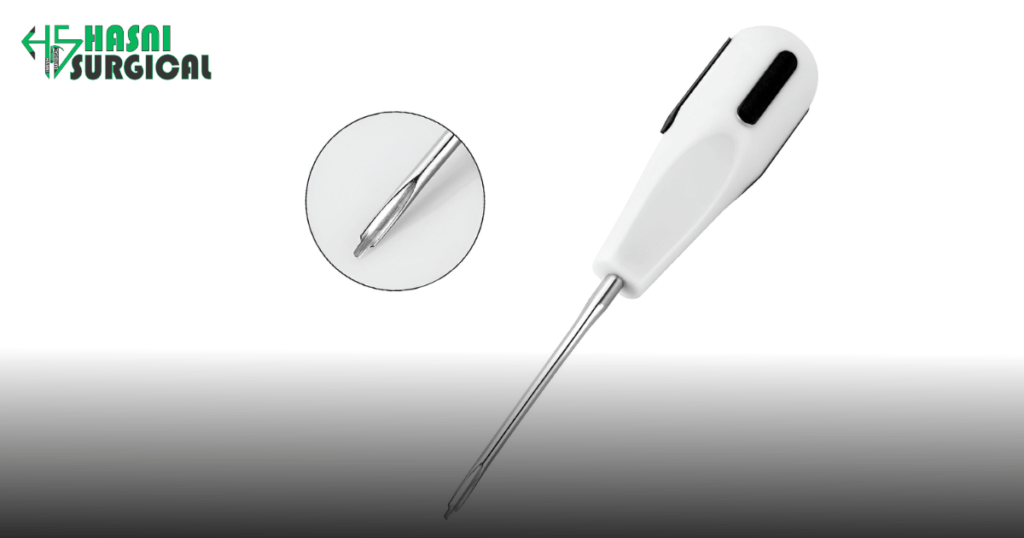Improved Oral Cancer Screening with Instruments: A Complete Guide
June 22, 2024 2024-11-21 6:46Improved Oral Cancer Screening with Instruments: A Complete Guide

Improved Oral Cancer Screening with Instruments: A Complete Guide
Improved Oral Cancer
In modern dentistry, dental professionals‘ responsibilities now extend beyond traditional teeth cleaning and cavity filling. Today, dentists play a pivotal role in the early detection and prevention of serious conditions like oral cancer. This evolution is driven by advancements in dental technology, especially sophisticated screening instruments for early oral cancer detection.
These screening tools significantly advance dental care by enabling dentists to detect early-stage oral cancer. Technologies such as fluorescence visualization devices and advanced imaging systems have revolutionized how dentists approach oral health assessments. Fluorescence visualization devices use special lighting to reveal hidden areas in the oral cavity. This capability allows dentists to detect subtle changes in tissues early on, enabling prompt intervention.
Also read: Dental Technology’s Impact on Treatment Approaches
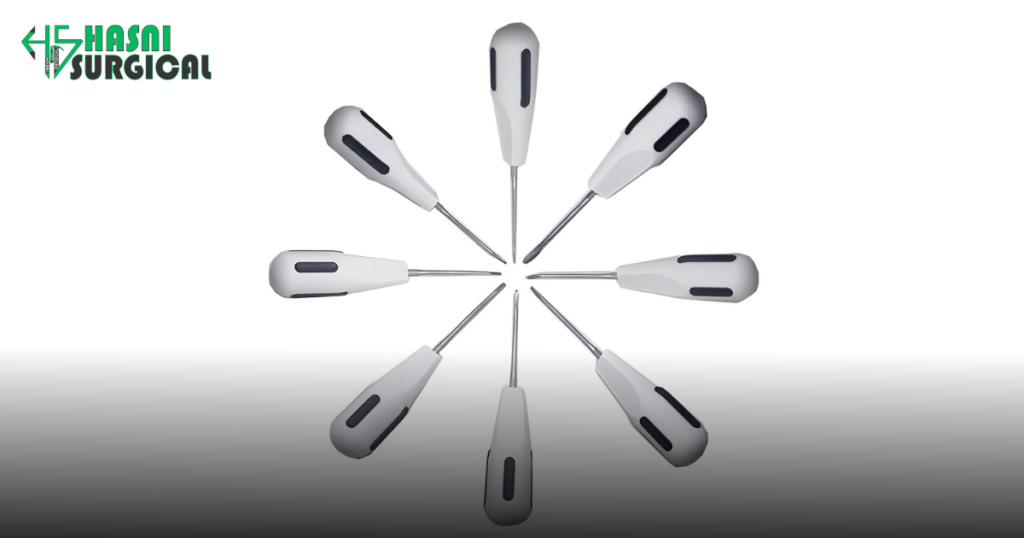
Advanced imaging technologies like cone beam computed tomography (CBCT) provide detailed three-dimensional images of teeth, the jawbone, and surrounding tissues. These images assist dentists in detailed diagnosis and precise treatment planning for conditions like oral cancer.
By integrating these cutting-edge technologies into routine dental examinations, dentists can conduct more thorough and proactive screenings for oral cancer. This proactive approach enhances the likelihood of detecting cancerous or precancerous lesions at an early, more manageable stage. Early detection improves treatment outcomes, reduces invasive procedures, and enhances overall patient experiences and outcomes.

In essence, the incorporation of advanced screening instruments into dental practice underscores the transformative impact of dental technology. Dentists now have advanced tools for early detection and prevention, improving patient care with timely interventions that can save lives. This proactive approach is pushing dentistry forward and setting a new standard for comprehensive oral healthcare in the 21st century.
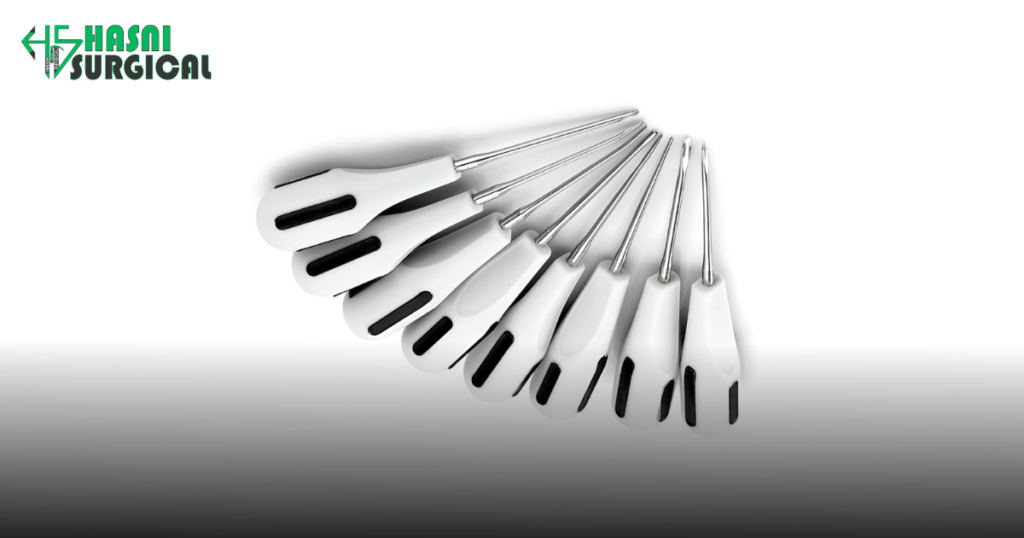
Understanding Oral Cancer and Its Significance
Oral cancer encompasses malignancies that affect various parts of the mouth, including the lips, tongue, gums, and throat. It poses significant health risks, and early detection is crucial for effective treatment and improved patient outcomes. Dental professionals detect suspicious lesions and tissue changes early through regular screenings using advanced tools.
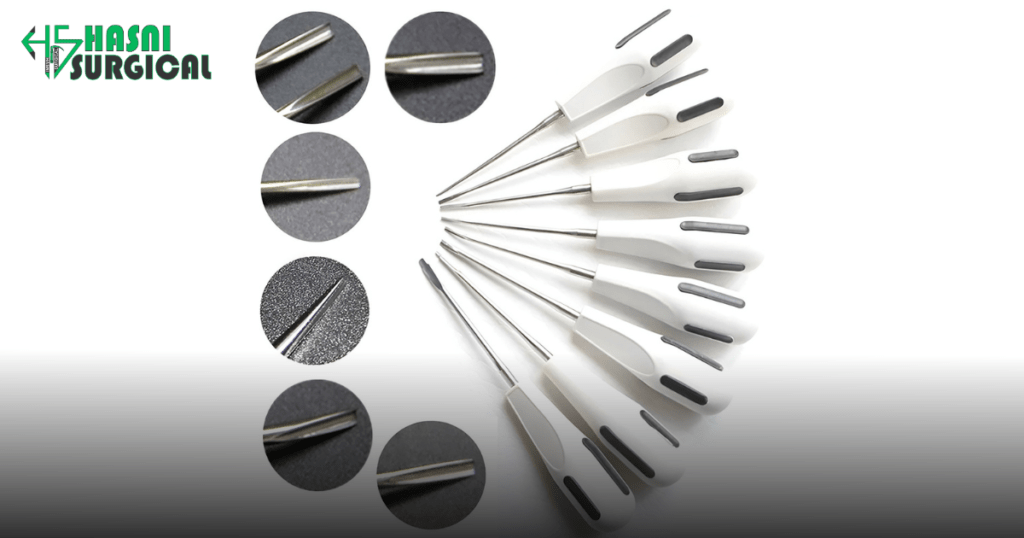
1.The Role of Fluorescence Visualization Devices
Fluorescence Visualization Device one of the key advancements in oral cancer screening is the use of fluorescence visualization devices, such as VELscope. These devices utilize fluorescence technology to emit a harmless blue light that enhances the contrast between normal and abnormal tissues in the oral cavity. By illuminating tissues, dentists can identify potentially concerning areas that may require further examination.Example from Daily Life: Imagine sitting in your dentist’s chair for a routine check-up. During the examination, your dentist uses a VELscope to inspect your mouth. The blue light highlights areas that appear darker or irregular, which could indicate areas of concern. This prompts your dentist to conduct a more detailed evaluation to determine the nature of the findings.Fluorescence visualization devices are particularly effective in detecting early-stage abnormalities that may not be visible to the naked eye. This technology enhances dentists’ ability to detect potential signs of oral cancer at its earliest and most treatable stages.
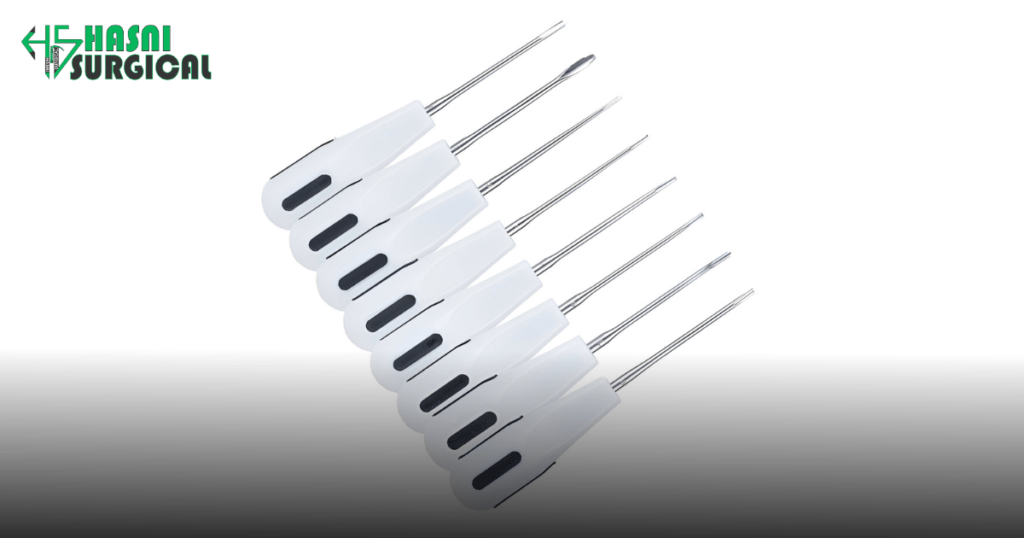
2.Dental Mirrors for Visual Inspection
Dental Mirrors is a fundamental tool in dental examinations, Mirrors allow dentists to visualize and examine hard-to-see areas within the mouth. Angled mirrors are used to inspect the back of teeth, gums, and other surfaces that are not easily visible during a routine visual examination. This thorough inspection helps dentists detect lesions or abnormalities that may require further investigation.Example from Daily Life: During your dental visit, your dentist uses a mirror to examine the back of your mouth and tongue. This detailed examination ensures that no potential signs of oral cancer or other abnormalities are overlooked, providing you with comprehensive dental care.Dental mirrors are essential for dentists to conduct a systematic evaluation of the oral cavity, ensuring thoroughness in detecting any suspicious changes that warrant closer attention or additional diagnostic procedures.
3.Biopsy Tools and Definitive Diagnosis

If suspicious lesions or abnormalities are identified during screening, dentists may recommend a biopsy to obtain a tissue sample for further analysis. Biopsies are crucial for establishing a definitive diagnosis and determining the nature of tissue changes, whether benign, precancerous, or cancerous. This diagnostic step is essential for guiding appropriate treatment decisions and interventions.Example from Daily Life: If your dentist discovers a concerning lesion during your check-up, they may suggest performing a biopsy. During this procedure, a small tissue sample is taken from the suspicious area and sent to a laboratory for detailed analysis. The results of the biopsy provide valuable information about the presence, stage, and type of oral cancer, enabling dentists to tailor treatment plans accordingly.Biopsy tools play a pivotal role in the diagnostic pathway of oral cancer, allowing dentists to provide timely and accurate assessments of suspicious lesions and facilitate prompt interventions when necessary.
The Importance of Early Detection and Regular Screening
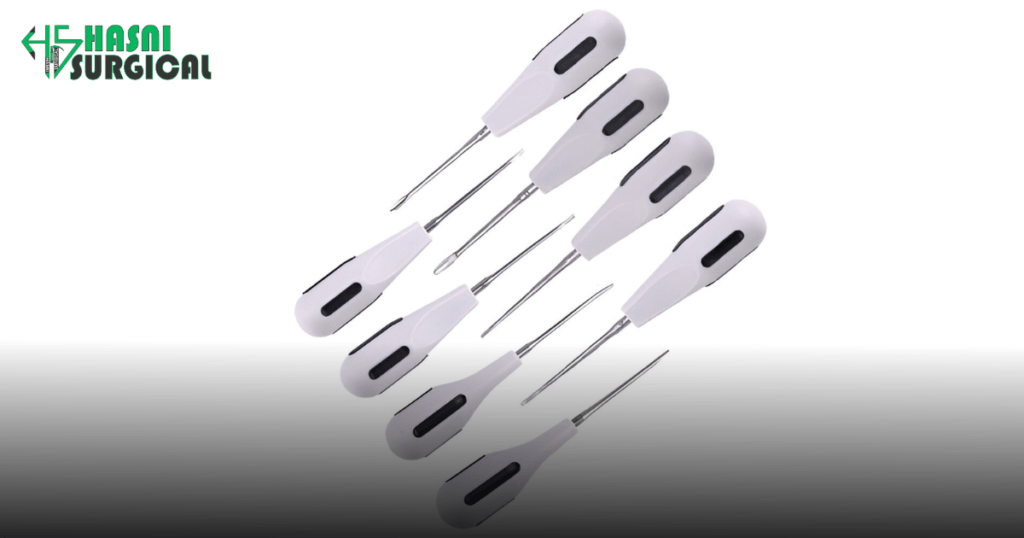
Early detection of oral cancer through advanced screening instruments is paramount for improving treatment outcomes and patient survival rates. Detecting oral cancer in its early stages increases the likelihood of successful treatment and can significantly enhance the quality of life for patients. Regular screenings empower individuals to take proactive steps towards their oral health and well-being.
Benefits to Patients
For patients, the integration of advanced screening instruments offers several benefits beyond early detection. It provides reassurance that their dental care is thorough and comprehensive, addressing not only immediate concerns but also long-term health outcomes. By incorporating these screenings into routine dental visits, patients can actively participate in their oral health management and minimize the risks associated with undetected oral cancer.
Conclusion
In conclusion, the evolution of dental technology has revolutionized the landscape of oral cancer screening, making early detection more accessible and reliable than ever before. Advanced instruments such as fluorescence visualization devices, dental mirrors, and biopsy tools empower dentists to detect oral cancer in its earliest stages, thereby improving patient outcomes and saving lives.
Regular dental check-ups that include comprehensive screenings are essential for catching potential issues early, ensuring timely interventions, and promoting long-term oral health. By embracing these technological advancements, dental professionals reaffirm their commitment to preventive care and patient-centered healthcare, paving the way for a future where oral cancer is not only treatable but preventable through proactive screening and early intervention.
